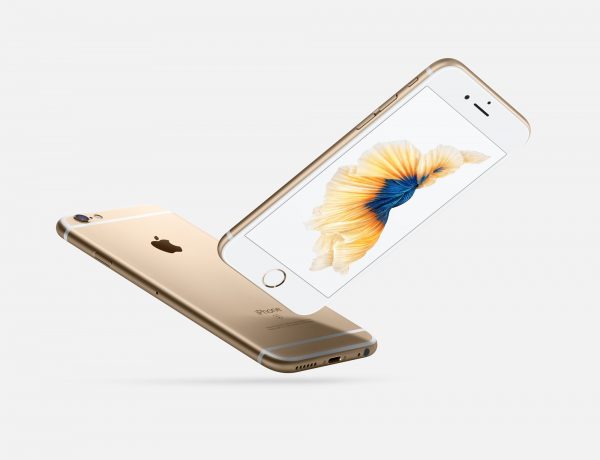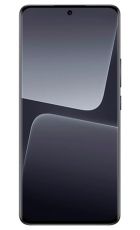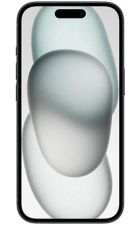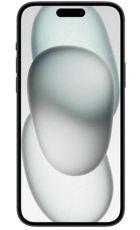The iPhone 7 has been the most anticipated smartphone for months now, but it’s finally here. So was it worth the wait? Beyond the stiff Android competition from the likes of the Samsung Galaxy S7 the iPhone 7 also has to tempt people away from the iPhone 6S – a phone which looks similar and still sports flagship power.
So how much has changed this year? And how much of an improvement is the iPhone 7 over the iPhone 6S? We’ve put them head to head, comparing the design, screen, power, camera, battery life and features to bring you the answer.
Design
At first glance the iPhone 7 and iPhone 6S look almost identical, with both sporting a slim metal body and curved edges, but look closer and there are some differences.
For one thing the iPhone 7 has antenna bands along the top and bottom edges, rather than straight across the back. This makes them less obvious and less harmful to the aesthetics of the handset.
The iPhone 7 also comes in two new colour choices, namely black and jet black. On the flip side you can’t get it in the space grey colour that’s available for the iPhone 6S.
One change that you won’t see but likely will appreciate is that the iPhone 7 is water and dust resistant, which the iPhone 6S isn’t. So you can safely use the new handset in the bath or, er, a desert.
Screen
There’s no major changes here, with both the iPhone 7 and the iPhone 6S packing a 4.7-inch 750 x 1334 display for a pixel density of 326 pixels per inch. That’s actually quite small and low resolution by flagship standards, but the quality on both phones is undeniably high and they’re far more pocket-friendly than the iPhone 7 Plus, let alone the Samsung Galaxy Note 7.
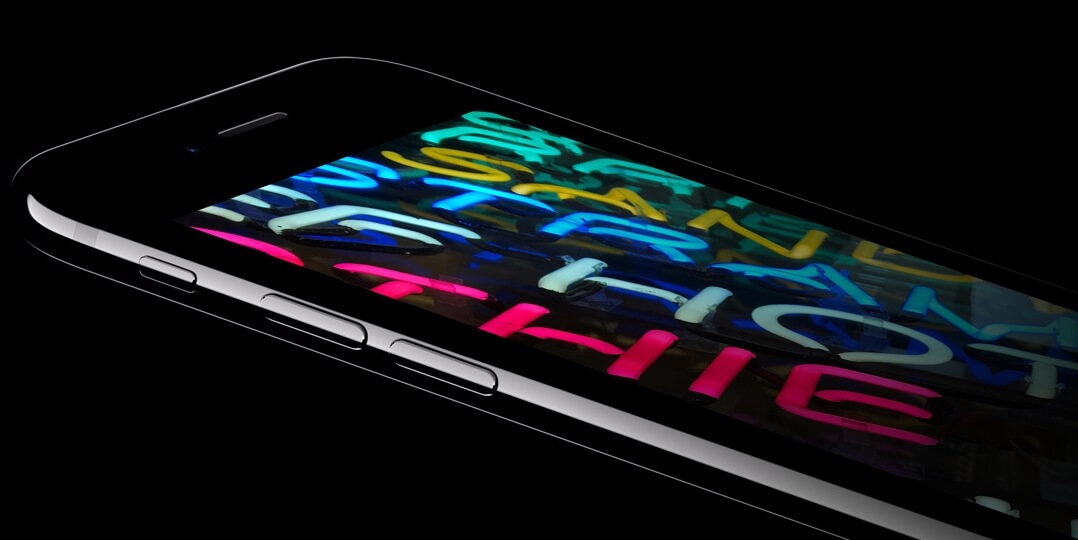
Both phones also support 3D Touch, which help their screens stand out, as they respond to different levels of pressure - so a light press will do one thing while a harder press will do another, but only on the home screen and in supported apps.
The single significant upgrade to the iPhone 7’s display is that it’s 25% brighter, so should be a lot more visible in direct sunlight.
Power
There’s more of a change on the power front, with the iPhone 7 getting treated to a speedy quad-core Apple A10 Fusion processor, up from the dual-core A9 in the iPhone 6S.
The A10 has two high-performance cores that are 40% faster than the A9 and two highly efficient cores to help extend battery life. It also has a 50% faster GPU, so performance should be far better whatever you use your phone for.
Camera
Although both the iPhone 6S and the iPhone 7 have 12MP cameras they’re quite different in a lot of ways, as the lens on the iPhone 7 is larger, allowing it to take in 50% more light, for brighter, more detailed images.
The iPhone 7 also has an improved flash, with four LEDs rather than two, making it both brighter and better able to reproduce natural colours.
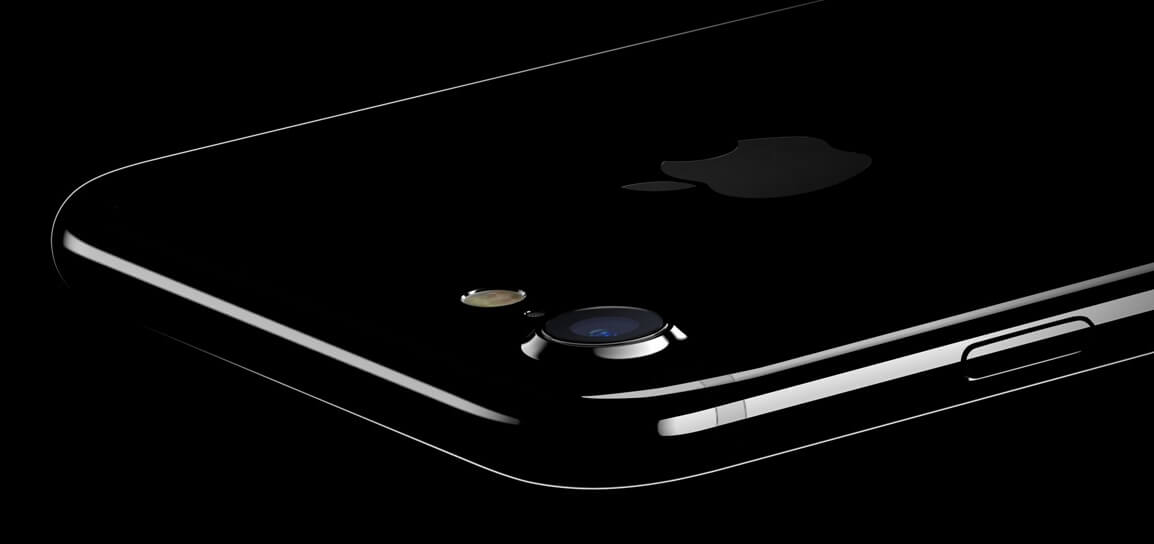
The sensor is also far faster and more efficient on the iPhone 7, and you can capture images in RAW format for the first time on an iPhone. Plus, the iPhone 7 has optical image stabilisation to keep your shots blur-free.
You’ll also find a change on the front, with the iPhone 6S sporting a 5MP selfie camera, while the iPhone 7 has an upgraded 7MP one.
Battery life
Battery life is getting a boost, as the iPhone 7 has a larger 1960mAh juice pack (up from 1715mAh in the iPhone 6S) and a more efficient processor, meaning the phone should last an average of two hours longer between charges than the iPhone 6S.
The iPhone 6S is a phone you’ll typically need to charge every one to one and a half days, and these improvements mean you can just about get two days of life from the iPhone 7.
Features
The iPhone 7 has two big new features. The first is a force-sensitive home button, which provides different haptic feedback for different notification types.
The other major new feature – if you can call it that – is the removal of the 3.5mm headphone jack. In its place you’ll need to either use wireless headphones or the Lightning port.
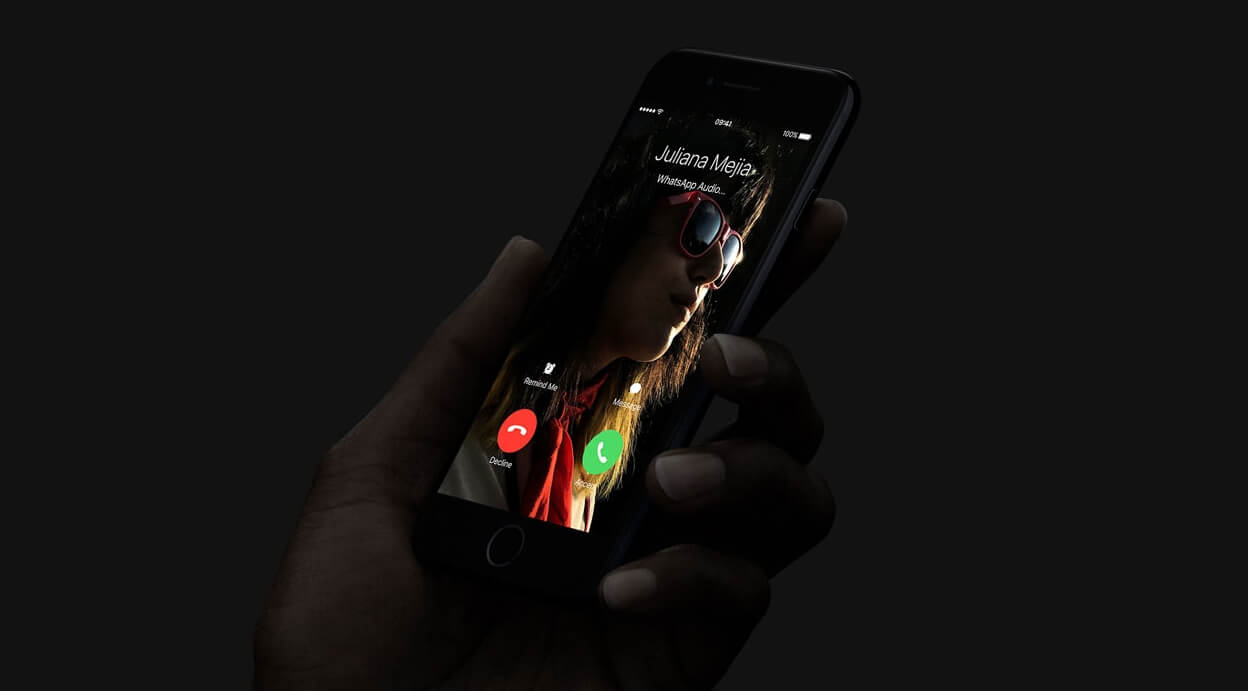
This isn’t entirely bad news though, as it’s allowed Apple to add an extra speaker to the edge of the phone, for stereo sound and twice the volume when playing audio through the phone’s speakers.
Other features of the iPhone 7 include iOS 10 out of the box – though this is also available as an update for the iPhone 6S, and larger storage capacities, with 32GB, 128GB and 256GB sizes offered, in place of 32GB and 128GB on the iPhone 6S.
Both phones also sport Touch ID of course, so you can use your fingerprint to secure them.
Verdict
The iPhone 7 improves on the iPhone 6S in a number of key ways, with a similar but better design, waterproofing, more power, an improved camera, more storage, a brighter display and better battery life.
The iPhone 7 is not the complete overhaul many hoped to see from a new numbered iPhone, but it’s a significant improvement none the less.


